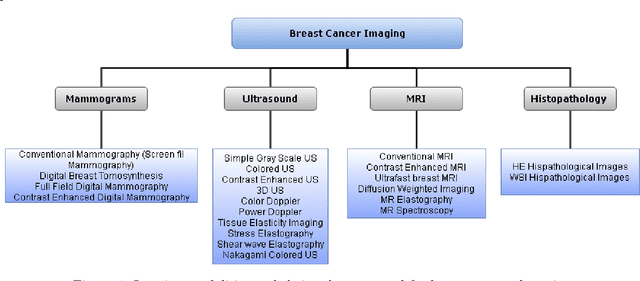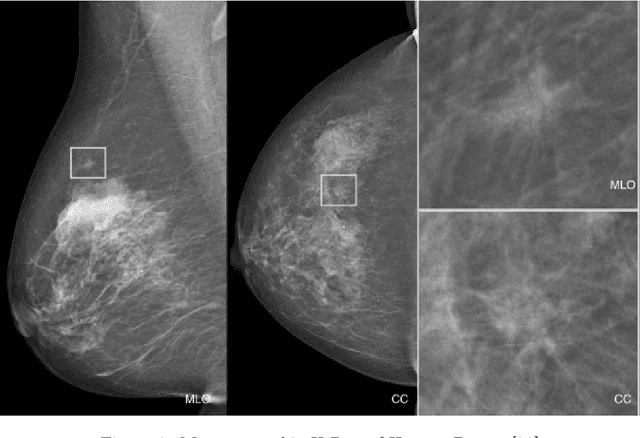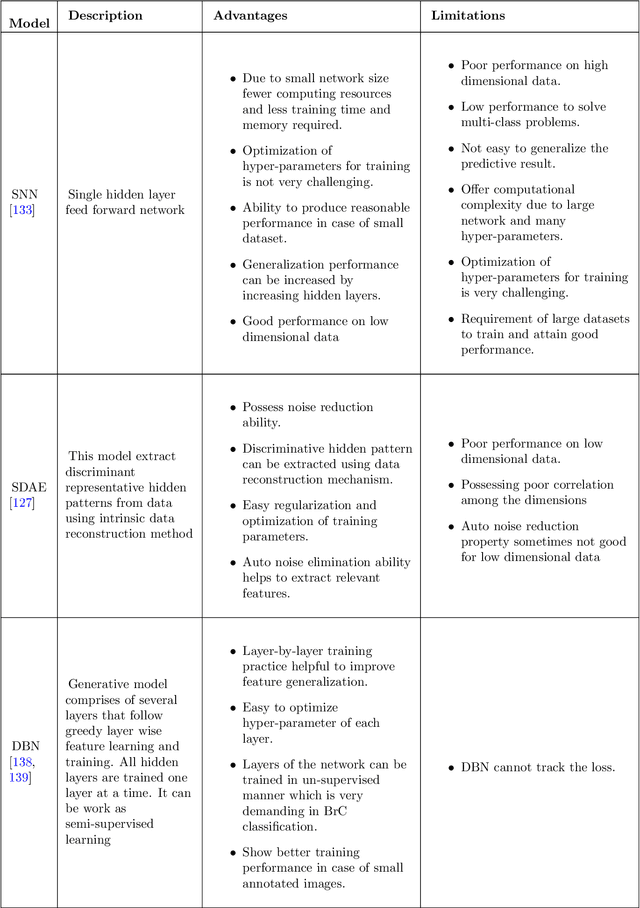Sheeraz Arif
Breast Cancer Diagnosis: A Comprehensive Exploration of Explainable Artificial Intelligence (XAI) Techniques
Jun 01, 2024



Abstract:Breast cancer (BC) stands as one of the most common malignancies affecting women worldwide, necessitating advancements in diagnostic methodologies for better clinical outcomes. This article provides a comprehensive exploration of the application of Explainable Artificial Intelligence (XAI) techniques in the detection and diagnosis of breast cancer. As Artificial Intelligence (AI) technologies continue to permeate the healthcare sector, particularly in oncology, the need for transparent and interpretable models becomes imperative to enhance clinical decision-making and patient care. This review discusses the integration of various XAI approaches, such as SHAP, LIME, Grad-CAM, and others, with machine learning and deep learning models utilized in breast cancer detection and classification. By investigating the modalities of breast cancer datasets, including mammograms, ultrasounds and their processing with AI, the paper highlights how XAI can lead to more accurate diagnoses and personalized treatment plans. It also examines the challenges in implementing these techniques and the importance of developing standardized metrics for evaluating XAI's effectiveness in clinical settings. Through detailed analysis and discussion, this article aims to highlight the potential of XAI in bridging the gap between complex AI models and practical healthcare applications, thereby fostering trust and understanding among medical professionals and improving patient outcomes.
Artificial Intelligence For Breast Cancer Detection: Trends & Directions
Oct 03, 2021



Abstract:In the last decade, researchers working in the domain of computer vision and Artificial Intelligence (AI) have beefed up their efforts to come up with the automated framework that not only detects but also identifies stage of breast cancer. The reason for this surge in research activities in this direction are mainly due to advent of robust AI algorithms (deep learning), availability of hardware that can train those robust and complex AI algorithms and accessibility of large enough dataset required for training AI algorithms. Different imaging modalities that have been exploited by researchers to automate the task of breast cancer detection are mammograms, ultrasound, magnetic resonance imaging, histopathological images or any combination of them. This article analyzes these imaging modalities and presents their strengths, limitations and enlists resources from where their datasets can be accessed for research purpose. This article then summarizes AI and computer vision based state-of-the-art methods proposed in the last decade, to detect breast cancer using various imaging modalities. Generally, in this article we have focused on to review frameworks that have reported results using mammograms as it is most widely used breast imaging modality that serves as first test that medical practitioners usually prescribe for the detection of breast cancer. Second reason of focusing on mammogram imaging modalities is the availability of its labeled datasets. Datasets availability is one of the most important aspect for the development of AI based frameworks as such algorithms are data hungry and generally quality of dataset affects performance of AI based algorithms. In a nutshell, this research article will act as a primary resource for the research community working in the field of automated breast imaging analysis.
 Add to Chrome
Add to Chrome Add to Firefox
Add to Firefox Add to Edge
Add to Edge